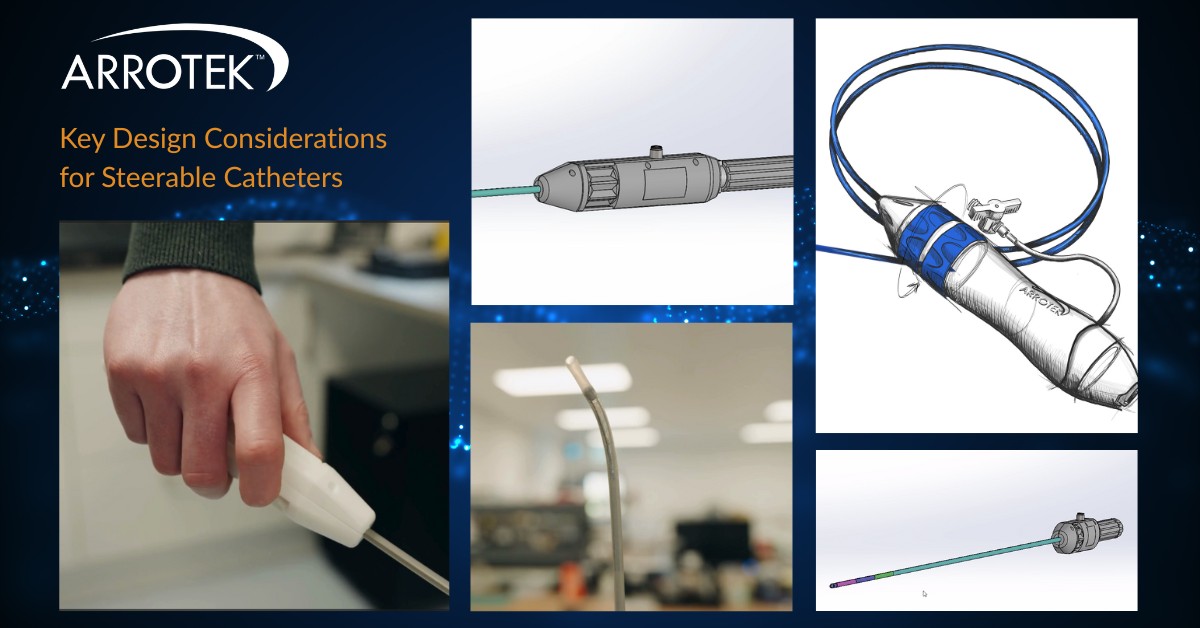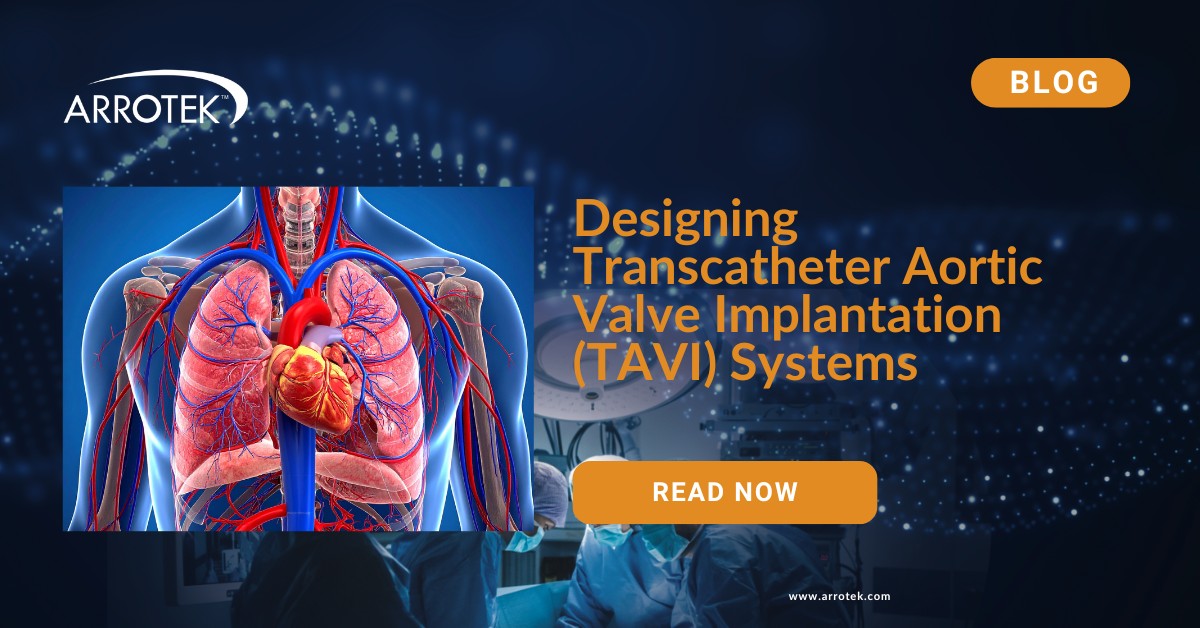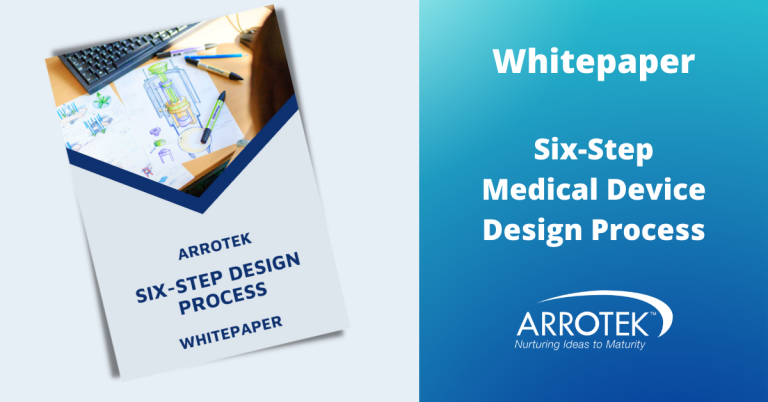Steerable catheters play a critical role in a wide range of medical procedures, including cardiovascular, respiratory, gastrointestinal, and neurological interventions. These procedures often involve navigating complex anatomy to reach precise diagnostic or treatment sites—something steerable catheter technologies are specifically designed to address.
By improving navigation and control, steerable catheters have not only enhanced the safety and effectiveness of minimally invasive procedures but have also expanded the range of interventions that can be performed using minimally invasive techniques. As technology advances, the design and performance of steerable catheters continue to evolve—enabling new possibilities in patient care.
If you’re developing a new steerable catheter device, understanding the key performance characteristics that influence design is essential. Below, we outline the most important considerations for engineers during the product development process.
Steering-Related Performance Characteristics
The first step in designing a steerable catheter is to define the steering functionality required for the intended procedure. Common options include:
- One-way steering – for basic directional control.
- Bidirectional (two-way) steering – allowing movement in two directions.
- Multidirectional steering – also known as multiplanar or omnidirectional deflection, this enables greater flexibility, which is often required for complex procedures such as those involving access to the heart.
Deflection Planes
Deflection refers to the catheter’s ability to bend and navigate through tortuous anatomy. Key design considerations include:
- The length of deflection needed.
- The number of deflection points along the shaft.
- The placement of those deflection points.
Additional Steering Considerations
- Steering torque: The ability to transmit force from the handle to the distal tip, often with a target of achieving a 1:1 torque ratio for optimal control.
- Steering angle: The degree of deflection needed for the application. Designing beyond the required angle can negatively impact performance elsewhere.
- Steering curve diameter and shape: Whether the catheter needs to form tight or broad curves, and whether those curves should be symmetric, asymmetric, curled, or looped.
- Handle and steering mechanism: The ergonomics and function of the control mechanism used by the clinician are central to the overall usability and effectiveness of the device.
Additional Performance Characteristics
Access Diameter
Minimising access diameter is often important to reduce trauma to the patient. This consideration must factor in the catheter’s full system, including any accessories or integrated components.
Reinforcement
The catheter shaft may require reinforcement to maintain structural integrity during use. Options include:
- Braid reinforcement
- Coil reinforcement
- Hybrid combinations
Flexibility
Designing the shaft with the appropriate flexibility—uniform or variable along its length—is essential for safe navigation and effective performance.
Length
The overall length of the catheter will depend on the intended access route and target location within the anatomy.
Tensile Strength
The catheter must withstand the mechanical stresses of the procedure, including both radial and tensile forces, without compromising performance.
Radiopacity
Radiopaque markers may be necessary to enhance visibility under fluoroscopy, depending on procedural needs.
Driving Innovation in Steerable Catheter Design
Ongoing innovation in steerable catheter design is enabling new diagnostic and therapeutic possibilities, improving outcomes and expanding what’s achievable through minimally invasive techniques.
If you are developing a steerable catheter, working with a partner that understands the intricacies of design, performance, and usability is crucial. At Arrotek, our experienced engineering team specialises in the design and development of advanced catheter-based devices, helping you bring your concept to life.
Get in touch today to speak with one of our engineers about your project.
View our video below with Cian Murray one of our Senior Design Engineers, discussing our Steerable Catheter Capabilities at Arrotek.





